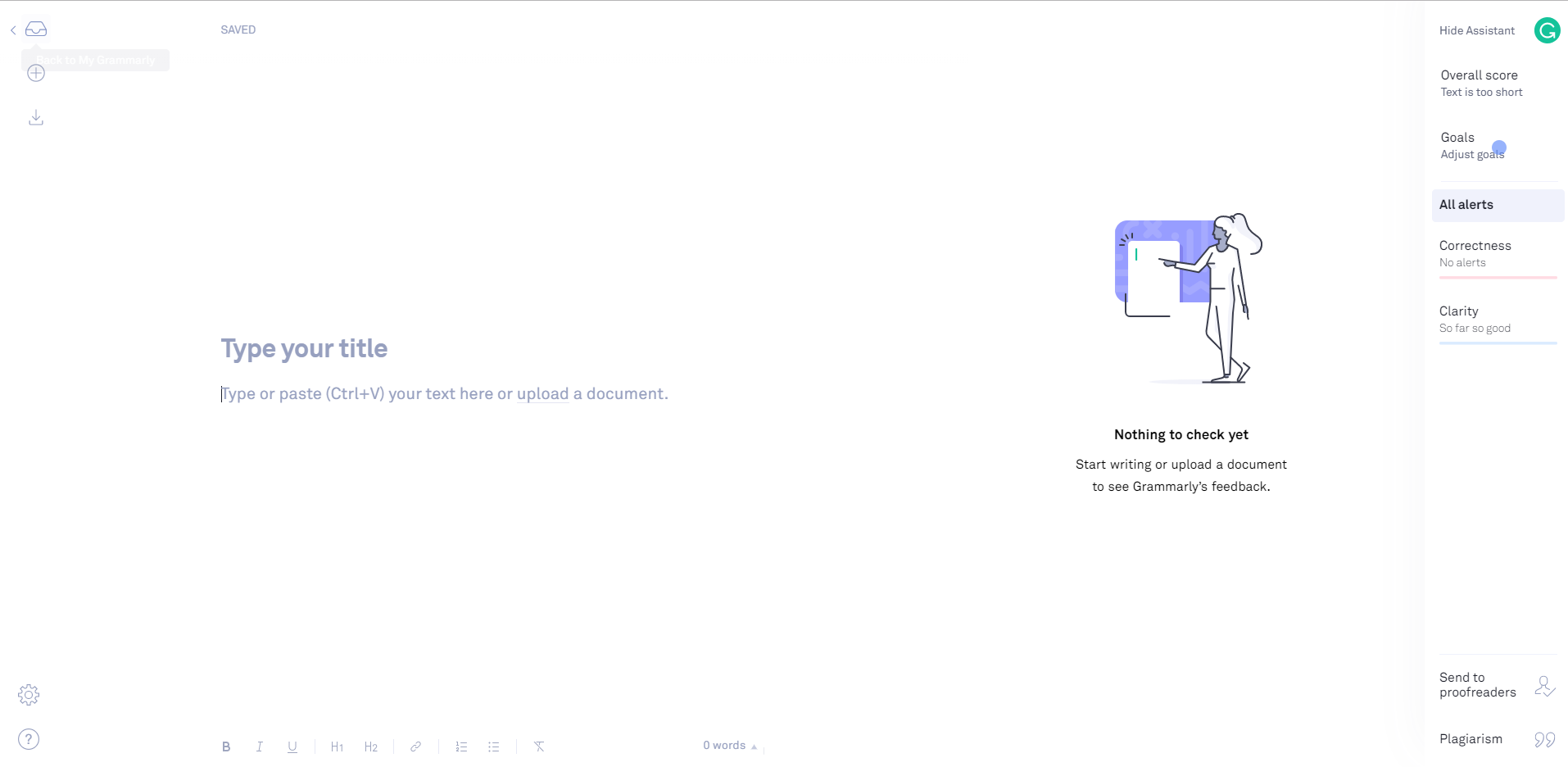7 Steps To A Content Creation Framework
Content creation is essential to the success of your Inbound Marketing. If you want to be found in the search engines for the phrases that your potential customers search for, then you will have your work cut out.
You will need to create educational, informative, useful content for your audience(s) based on your detailed understanding of their personas and the stage that they are at within their buyer’s journey.
So, that means generating a lot of content.
One of the issues that you will face if you are doing this on your own is that you will need a framework to work within. A framework for content marketing will mean that you have a proven structure in which to produce your content so that it comes out:
- Consistently high quality
- Within a given timeframe, as part of a campaign
- Matched to your customers’ emotions (through their personas)
- Matched to their stage in the buyer’s journey
- Covering all the different buyer personas that you have identified
- Covering all the different content ideas
- Ensuring that the content is properly promoted
- Ensuring that the content is properly optimised for the search engines
The framework will keep you moving forward, but the Content Creation plan should be oriented towards your marketing goals.
The more specific and measurable (you know, SMART) your goals are, the simpler it will be to see how you can achieve those through your content marketing.
Your Seven Step Content Creation Framework
- Coming up with Ideas – Sometimes the hardest part. But there are helpful online resources like The HubSpot Blog Topic Generator. Make sure that you are generating content for each stage of the buyer’s journey. Some people call this Ideation, but that’s not really a word.
- Plan a content timeline – ideally no more than three months ahead. Plan two to three content offers within that timeframe. These could be e-books or webinars. Once this is decided it is a simple step to see that your blog posts and social media updates should support these content offers. Included in the plan should be any trade shows or events that you have planned in the next quarter so that your content can support these too.
- Create a workflow so that you can see who will be doing what tasks and when. For example, with our blog posts we have these steps mapped out:
- 1st draft written
- proof-reading (fact checking, tone of voice checking, grammar & spelling etc)
- editing applied (suggested changes shown in the original doc, not just overwritten)
- uploading to HubSpot
- banner image selection (and default image selection)
- internal linking (to and from other blog posts and web pages)
- SEO applied (META data, Image ALT tags)
- Call to action applied (what is this blog/piece of content for?)
- Publish your content (that’s the easy part)
- Promoting your content via social media channels. Using email marketing to segmented lists and social media channels to make the world aware of your new content.
- Get seriously organised with a naming convention for each of your content. HubSpot suggests something like this:
#Content-Format>#Buyers-Journey-Stage>#Campaign>#Year
So you might have:
#Blog>#Consideration>#BuyerPersonas>#2017
…or perhaps:
#Ebook>#Decision>#Hardware-Buyers-CheckList>#2016
- Analysing the results. Have you got new visitors and did they convert into leads? Did the leads carry on through their buyers journey to become customers? Your content creation needs will be constantly changing however, and so should your framework. Not drastically, as you still need each step, but the focus must be on your marketing goals.
That last point is worth repeating. Inbound Marketing is constantly changing. Growth.org is a good place to keep up to date.
Good luck with your content marketing framework!




